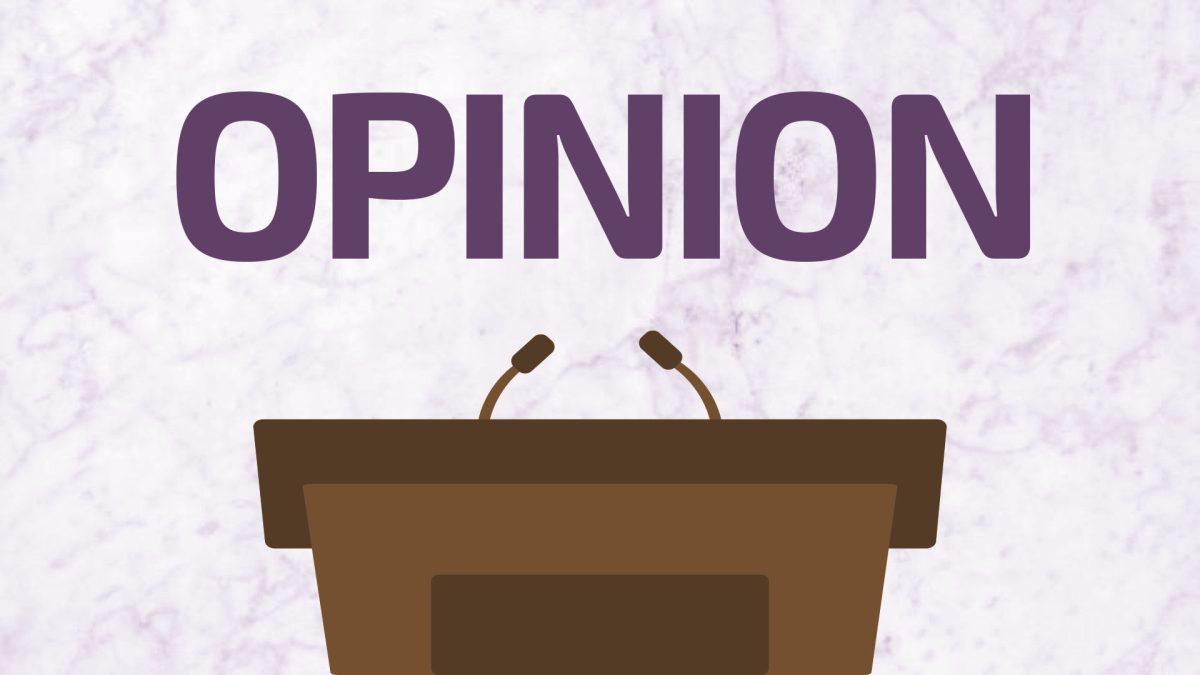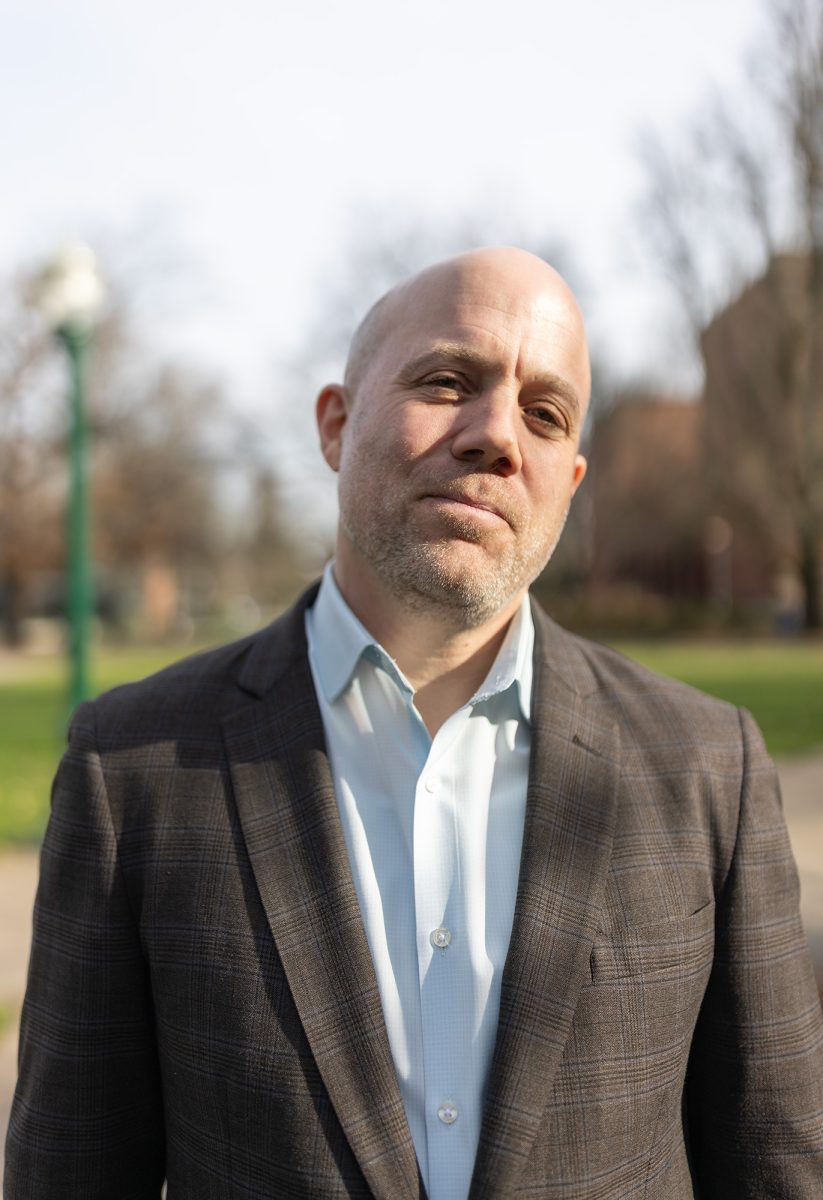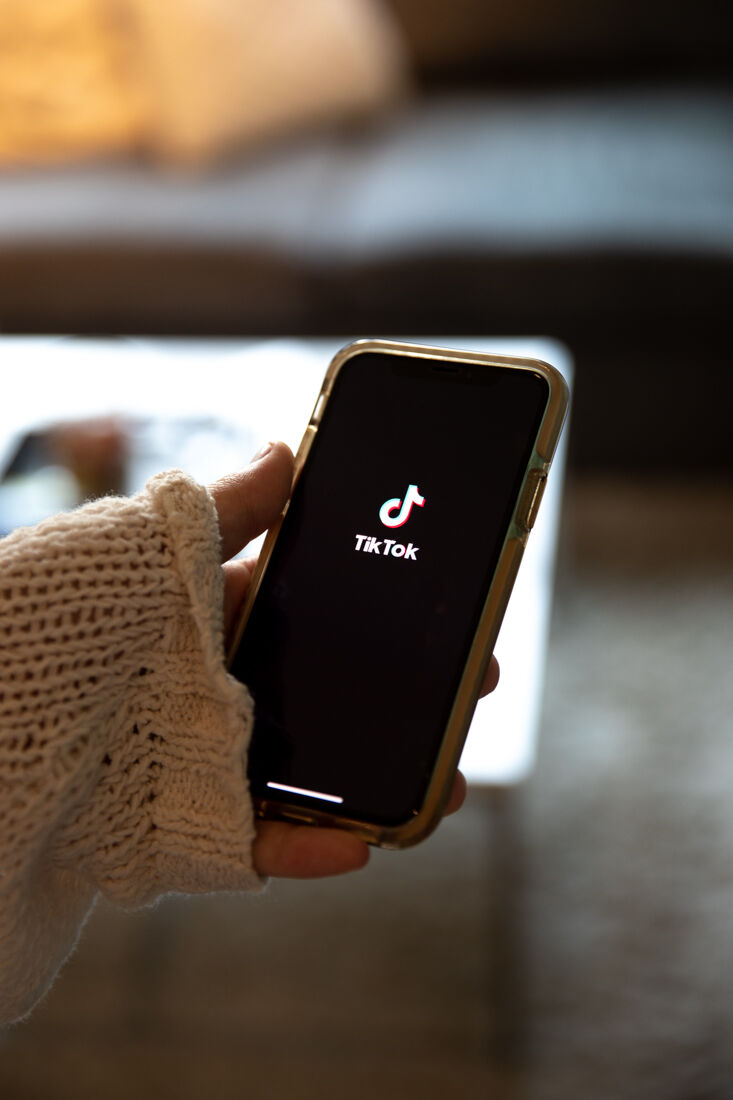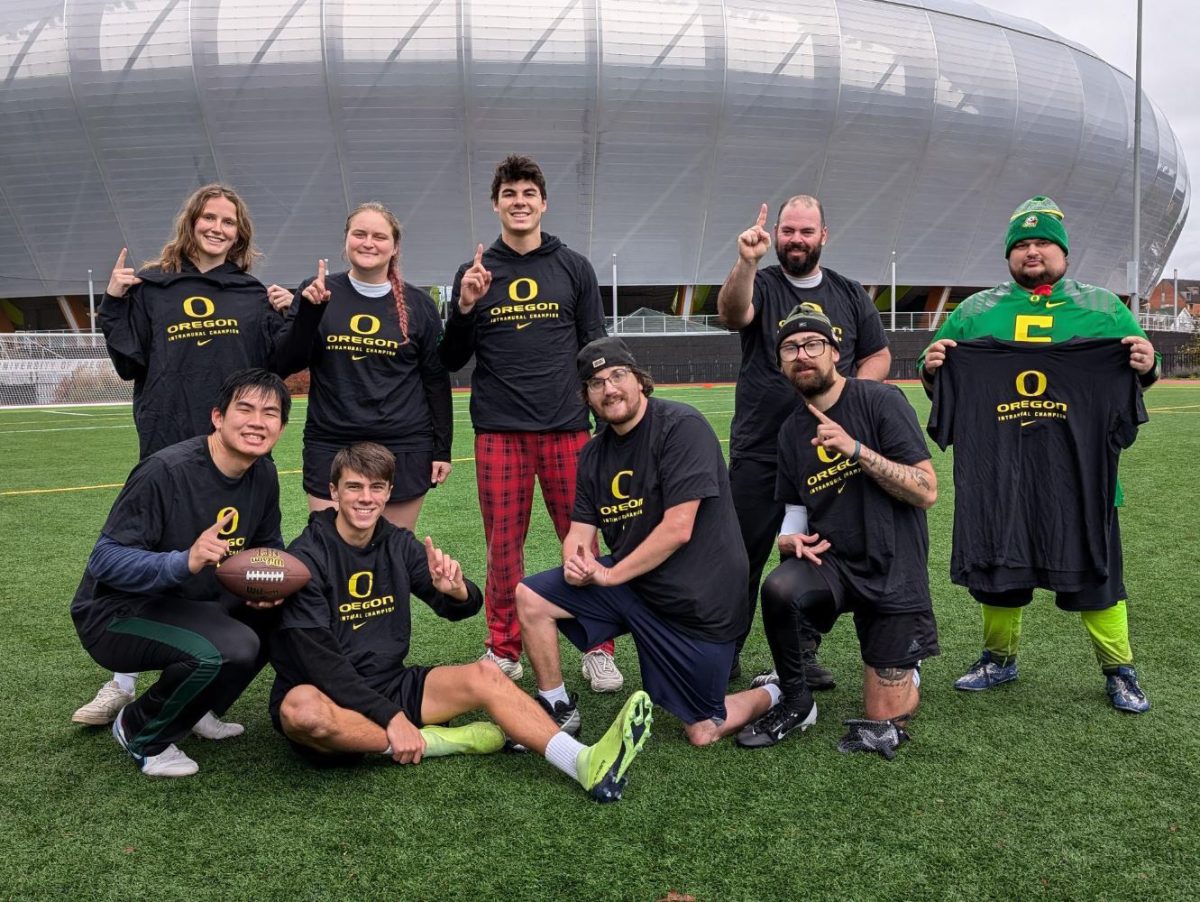Opinion: Mental health conversations have become much more prevalent, but the message is still not accessible for older generations.
———-
Early history classified mental illness as a “product of supernatural forces and demonic possession,” according to the British Columbia Medical Journal. Since then, stigma surrounding mental health has dramatically decreased. Though mental health services are not increasingly accessible, they are widely presented as a treatment option for mentally ill individuals, and the openness that encompasses these options has taken a long time to develop.
Our generation has dramatically decreased the stigma surrounding mental illness, but it seems to have ignored those who have quietly suffered in the past.
Social media has increased conversations surrounding mental wellness, which has its own benefits and drawbacks. COVID-19 has also weakened the stigma, due to the fact that we all have stronger personal experiences with mental health symptoms and conditions. But these events only seemed to influence the development of individuals in Generation Z. Many older generations were neglected from helpful and open conversations.
Similar to law enforcement member’s tendency to stay quiet about mental health conditions, Generation X often believes in an ability to “turn off” these issues, according to Indian J Psychiatry. I think this has developed from a lack of literacy and education about mental health. But the ways in which our conversations have changed can inspire an increase in resources for all generations.
I believe our openness is mostly sequestered to social media outlets. Face-to-face conversations, while present, often feel much more vulnerable than a comment on a post that describes someone’s experience. Social media has been a good starting point for communication, but I think it must travel off the screen in order to be more effective.
While the percentage of technology users who are 65-or-older has increased over the past decade, it is still only 61% compared to the 96% of individuals who use tech from the ages 18-to-29.
Technology fails to reach all audiences. While it may seem extremely accessible to the younger generations, those who grew up without technology have a tough time navigating it. Our resources must be more accessible to a wider audience, and the way to do that is through more conversations.
We have to start extending openness to those past our own generation. By this, I mean we must include others in these helpful conversations surrounding mental health, despite generational differences. This is easier said than done, of course. Vulnerability does not come easily without lots of practice. But we are all deserving of careful considerations surrounding our mental states.
Mr. Rogers once said, “If we… make it clear that feelings are mentionable and manageable, we will have done a great service for mental health.” He spoke of the openness required in order to show compassion for the experiences of one another. What it seems we have missed in the past is the “mentionable” aspect of Rogers’ quote. Older generations have had the silent mentality to just tough it out when it comes to mental health issues. They have often overlooked their own wellness while also being overlooked in mental health settings.
By embodying what it means to mention one’s feelings and emotions, we can begin to offer care to all individuals regardless of age. The changes in our conversations surrounding mental health in the past decade have been monumental. Now, we must use this as a stepping stone for more universal care and understanding.














